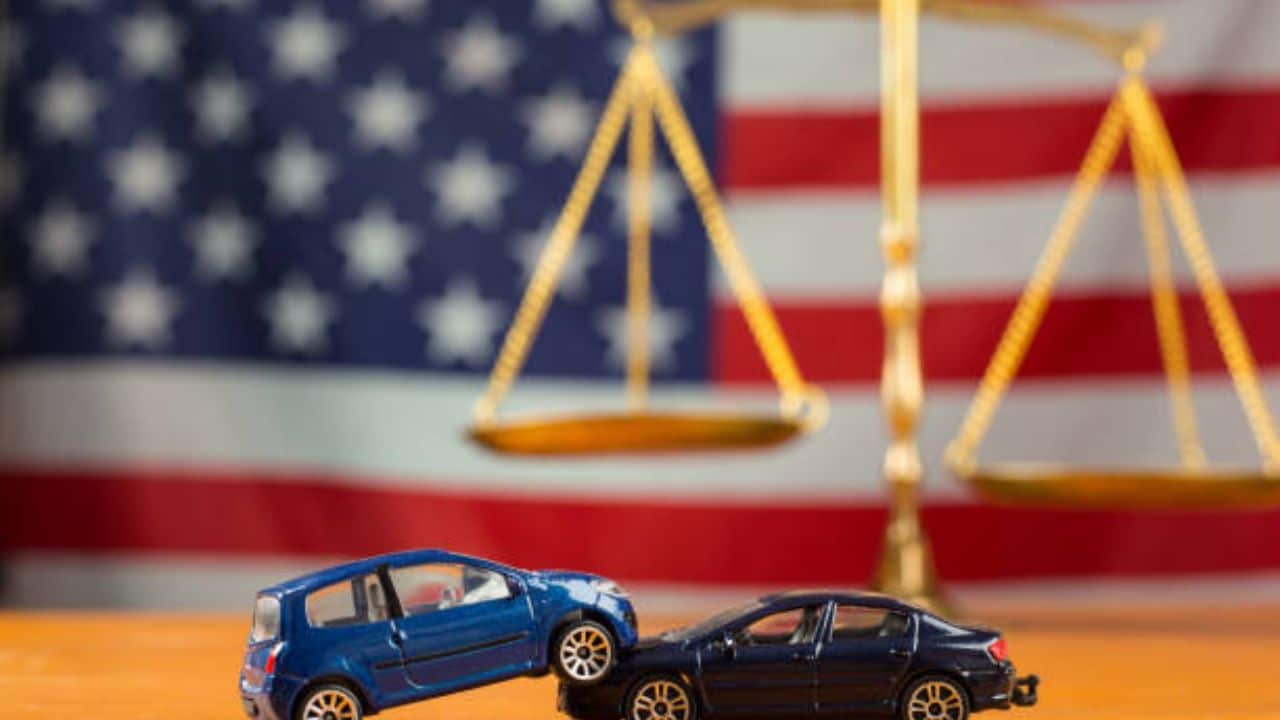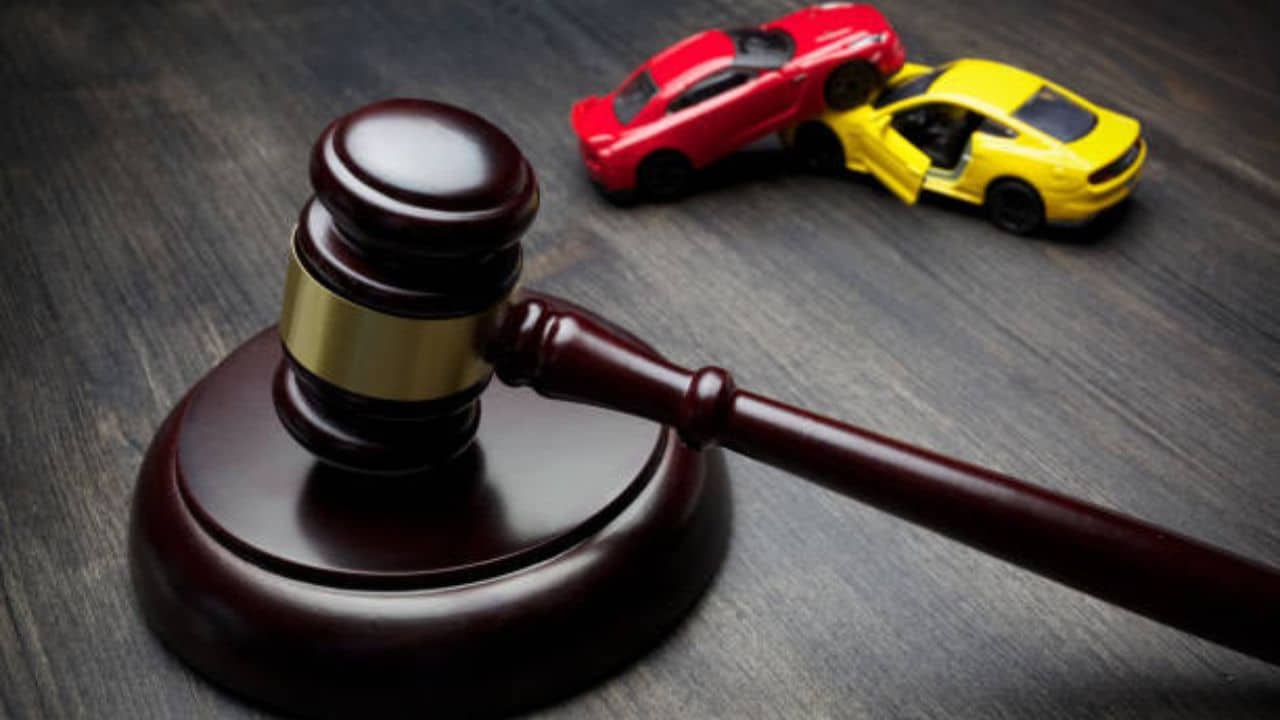Riverside Roads: Understanding Your Rights in Car Accident Claims
Welcome to Riverside, California – a vibrant city with bustling streets and a diverse community. While Riverside is known for its beautiful landscapes and rich cultural heritage, it’s also a place where the unexpected can happen, especially on the roads. Car accidents, a frequent occurrence in our busy city, can leave anyone shaken and unsure of their next steps. This comprehensive guide is crafted to navigate you through the aftermath of a car accident, shedding light on your legal rights and offering essential advice for dealing with the unexpected.
Understanding Car Accidents in Riverside: Statistics and Common Causes
In Riverside, the statistics paint a somber picture of road safety. Each year, numerous accidents occur, leading to injuries and, unfortunately, sometimes fatalities. Let’s examine these numbers in detail, understanding their significance in our daily commutes. Furthermore, we’ll explore the common causes behind these accidents, including distracted driving, which tops the list, followed by speeding, driving under the influence, and unique Riverside-specific road challenges like certain notorious intersections and weather-related issues.
Immediate Steps After a Car Accident
The immediate aftermath of a car accident is a critical time. Your actions can significantly impact your physical well-being and the outcome of any subsequent legal claims. We’ll provide an expanded checklist of actions to take, emphasizing the importance of safety, the need for medical attention even if injuries aren’t immediately apparent, and the legal necessities like obtaining police reports and gathering detailed documentation. This section aims to be a practical guide in those disorienting moments following an accident.
Knowing Your Rights: The Legal Aspect
Navigating the legal aftermath of a car accident in California, and more specifically in Riverside, requires an understanding of some key legal principles. In this detailed section, we’ll dive deeper into the nuances of at-fault and no-fault laws, as well as the concept of comparative negligence, and how these apply in Riverside.
California operates under a ‘fault’ system for car accidents. This means that the person responsible for the accident is also responsible for any resulting harm. However, determining fault can be complex and involves understanding various aspects such as road conditions, driver behavior, and vehicle maintenance. We’ll examine typical scenarios and discuss how fault is assessed in these situations.
Furthermore, comparative negligence is a critical concept in California law. This rule allows for the allocation of fault among all parties involved. For example, if you are found to be 20% at fault for an accident, your compensation will be reduced by that percentage. We will explore how this is determined and its implications for your case, including detailed examples to illustrate these points.
Understanding no-fault laws is also essential, particularly regarding how they influence insurance claims. Although California is not a no-fault state, knowing how these laws work in other states can be beneficial, especially if you’re involved in an accident with someone from a no-fault state. We’ll provide an overview of these differences and how they might affect your claim in Riverside.
This section will also include insights from legal experts in Riverside, offering their perspectives on common misunderstandings and pitfalls in understanding and applying these laws. Their advice will help demystify complex legal concepts and provide practical tips for navigating your rights after a car accident.
The Role of a Car Accident Lawyer
The decision to hire a car accident lawyer is a significant one and can profoundly impact the outcome of your case. In this expanded section, we delve into why legal representation is often necessary and the specific benefits of enlisting a lawyer’s services in Riverside.
A lawyer’s expertise is invaluable in deciphering the complex web of legal procedures and insurance policies. They can guide you through filing claims, negotiating settlements, and, if necessary, representing you in court. We will provide a more detailed look at each of these stages and the lawyer’s role in them, emphasizing the importance of having a professional advocate who understands the intricacies of California law.
We’ll also discuss the benefits of choosing a Riverside-specific lawyer. Local lawyers are not just familiar with state laws but also with local court procedures, judges, and even opposing counsel. This local insight can be advantageous in strategizing your case. Real-life examples of cases handled by Riverside lawyers will be included to illustrate these points.
Additionally, this section will cover the financial aspect of hiring a lawyer, including contingency fees and how they work, fee structures, and tips for discussing financial arrangements with your attorney. Understanding these financial aspects can demystify the process and help you make informed decisions.
Navigating Insurance Claims
Handling insurance claims after a car accident can be one of the most daunting aspects of the entire ordeal. This extended section aims to offer a comprehensive guide on navigating these claims, ensuring you are fully prepared to deal with insurance companies.
First, we’ll explore the initial steps in filing an insurance claim. This includes reporting the accident to your insurance company, understanding the types of coverage you have (such as liability, collision, and comprehensive), and what they mean for your claim. We’ll also discuss the importance of understanding policy limits and how they can affect the compensation you receive.
Dealing with insurance adjusters is another crucial aspect. We’ll provide detailed strategies for communicating with adjusters, including how to present your case effectively, the importance of not accepting the first offer, and negotiation tactics. Real-life examples will be shared to illustrate successful negotiations and common pitfalls to avoid.
We will also discuss the role of medical records and repair estimates in insurance claims. Understanding how to gather and present this evidence is key to substantiating your claim. Tips for documenting injuries and property damage, as well as guidance on seeking medical evaluations and repair estimates, will be provided.
Finally, we’ll touch on the topic of disputed claims and what to do if you disagree with the insurance company’s assessment. This includes understanding your right to appeal, the process of dispute resolution, and when it might be time to seek legal assistance to resolve the dispute.
Filing a Personal Injury Lawsuit
In some cases, the path to fair compensation leads through the courts. This section will explore in greater detail the circumstances under which you might file a personal injury lawsuit and the specifics of doing so in Riverside. We’ll guide you through the steps involved, from finding the right attorney to understanding the litigation process, including timelines, settlements, and what to expect if your case goes to trial.
Compensation and Damages: What You Can Recover
In the wake of a car accident, understanding the potential compensation and damages available is crucial. This expanded section will provide a detailed breakdown of the types of compensation you can expect and the factors that influence these amounts.
We’ll begin by exploring economic damages, which cover tangible losses such as medical expenses, rehabilitation costs, lost wages, and property damage. We’ll provide guidance on documenting these losses accurately and discuss the role of expert testimony in proving these damages in court.
Next, we’ll move to non-economic damages, which are more subjective and cover intangible losses like pain and suffering, emotional distress, loss of enjoyment of life, and loss of consortium. We’ll discuss how these damages are quantified and the importance of personal accounts and medical expert testimony in establishing these claims.
In cases of severe negligence or misconduct, we’ll explore the possibility of claiming punitive damages. These are intended to punish the wrongdoer and deter similar conduct in the future. We’ll discuss the legal criteria for these damages in California and provide examples of cases where punitive damages were awarded.
We’ll also cover the concept of future damages, especially relevant in cases where the victim suffers long-term or permanent injuries. This includes future medical care, ongoing rehabilitation costs, and loss of future earning capacity. We’ll discuss how these are calculated and the importance of long-term prognoses and expert testimony in substantiating these claims.
Finally, we’ll provide insights into the negotiation process for settlements, including strategies to maximize compensation, the role of your attorney in these negotiations, and the potential impact of your own conduct (like social media activity) on the value of your claim.
Tips for Working with Your Lawyer
Building a strong relationship with your lawyer is key to the success of your case. This section will provide expanded tips on preparing for meetings, organizing and presenting your information, and maintaining effective communication throughout the legal process. We’ll also discuss setting realistic expectations for your case’s outcome and how to work collaboratively with your lawyer to achieve the best possible results.
Final Word
As we wrap up our comprehensive journey through the legal landscape following a car accident in Riverside, we hope this guide has illuminated the path forward. Understanding your rights and the steps to take in the wake of an accident is crucial. We encourage you to seek professional legal advice to navigate these challenging waters. Remember, you’re not alone in this journey, and there are resources and professionals ready to help.


